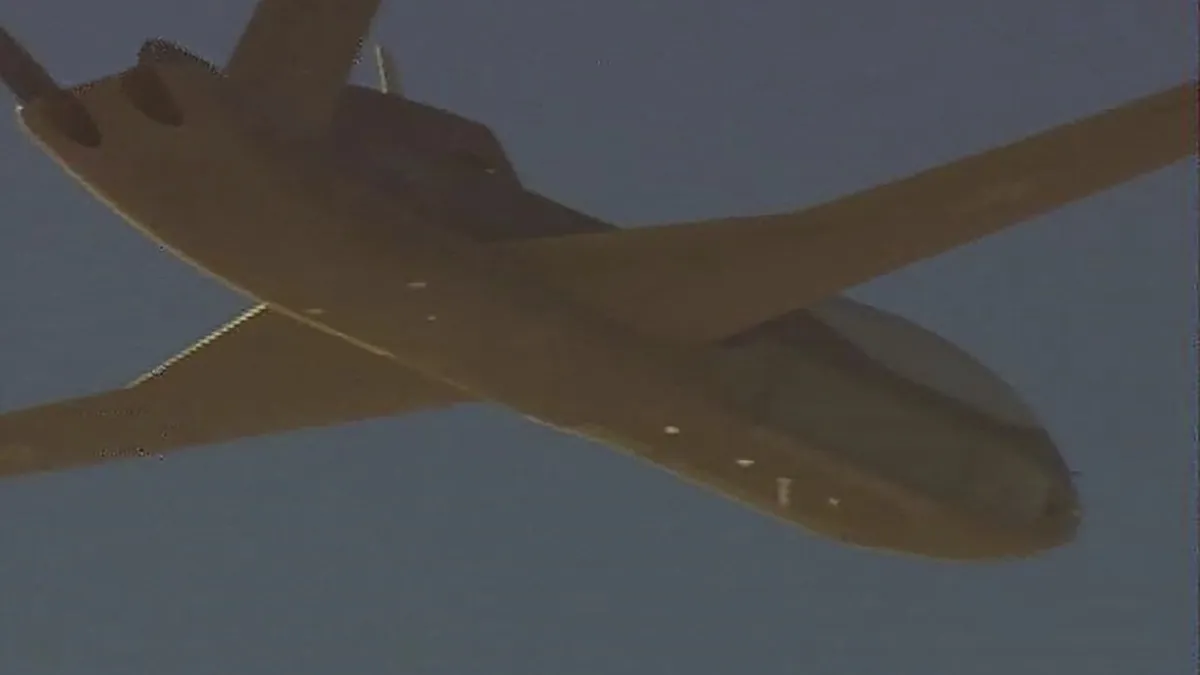
On Tuesday, the Chinese military announced extensive military drills in the waters surrounding Taiwan, issuing a stern warning against the island's aspirations for independence. This series of exercises involves a coordinated effort from naval, air, ground, and rocket forces, which Chinese officials describe as a “severe warning and forceful containment against Taiwan independence.” Shi Yi, a spokesperson for the People’s Liberation Army’s Eastern Theater Command, emphasized the drills' purpose in relation to Taiwan's status.
China maintains that Taiwan is an integral part of its territory and has not ruled out the use of force to assert control over the island. In contrast, a majority of Taiwanese citizens support their de facto independence and democratic governance. The situation remains tense, with Taiwan's Ministry of National Defence reporting the tracking of 19 Chinese navy vessels in the vicinity of the island over a 24-hour period, from 6 a.m. Monday to 6 a.m. Tuesday. Additionally, they have been monitoring the movements of the Shandong aircraft carrier, which has entered Taiwan's self-defined identification zone.
In light of these developments, Taiwan's Defense Minister, Wellington Koo, expressed concern over the implications of China's military exercises, stating, “These actions amply reflect its destruction of regional peace and stability.” In response to the escalating military activities, Taiwan has established a central response group to closely monitor the situation, ensuring readiness against potential threats.
Adding to the military presence, China’s Coast Guard announced a “law enforcement patrol” around Taiwan, as stated by spokesperson Zhu Anqin. These drills follow a significant exercise that occurred just two weeks earlier in mid-March, during which Beijing sent numerous drones and naval vessels toward the island. China's Taiwan Affairs Office has indicated that these military maneuvers are specifically targeted at President Lai Ching-te, who has been vocal about his support for Taiwan's independence. The office criticized Lai for labeling the mainland as a “foreign hostile force” and accused him of provoking anti-China sentiments.
In March, President Lai introduced a 17-point strategy aimed at enhancing Taiwan's national security. This comprehensive plan includes measures such as allowing espionage cases to be tried in military courts and imposing stricter immigration regulations for Chinese citizens seeking permanent residency in Taiwan. As tensions mount, Beijing has intensified its military posture, frequently sending warplanes and naval vessels toward the island to undermine Taiwanese defenses and morale. Despite these pressures, the vast majority of Taiwan's 23 million residents reject China's claims of sovereignty over the island.
In recent years, the frequency and scale of China's military exercises have escalated dramatically, evolving from single fighter planes to coordinated groups of aircraft, drones, and ships. Zhang Chi, a professor at China’s National Defense University, explained that the People’s Liberation Army organized naval and air forces to conduct drills focused on sea and land strikes. The goal of these exercises is to assess the military's capability to execute precision strikes on key targets associated with the Taiwanese authorities from multiple angles.
In response to the growing threats from China, Taiwan has taken proactive steps to bolster its defense capabilities. The island has ordered new missiles, aircraft, and other military equipment from the United States, while also revitalizing its domestic defense industry to enhance its military readiness. With the backdrop of a civil war that led to the split between Taiwan and China 76 years ago, rising tensions and a halt in communication between the two governments continue to shape the geopolitical landscape in the region.
As the situation evolves, analysts and officials alike will be watching closely to understand the implications of these military maneuvers and Taiwan's ongoing efforts to maintain its autonomy.